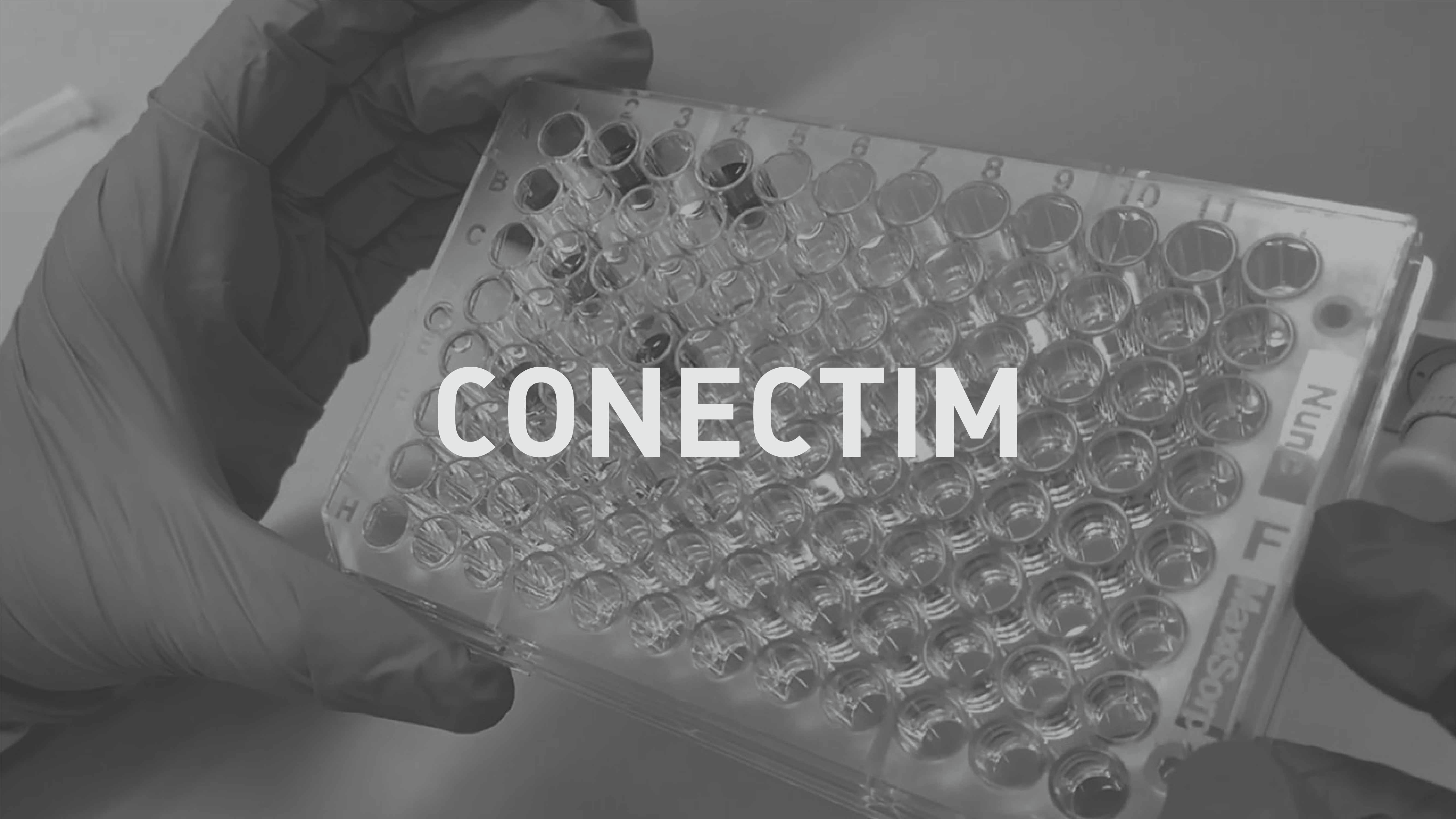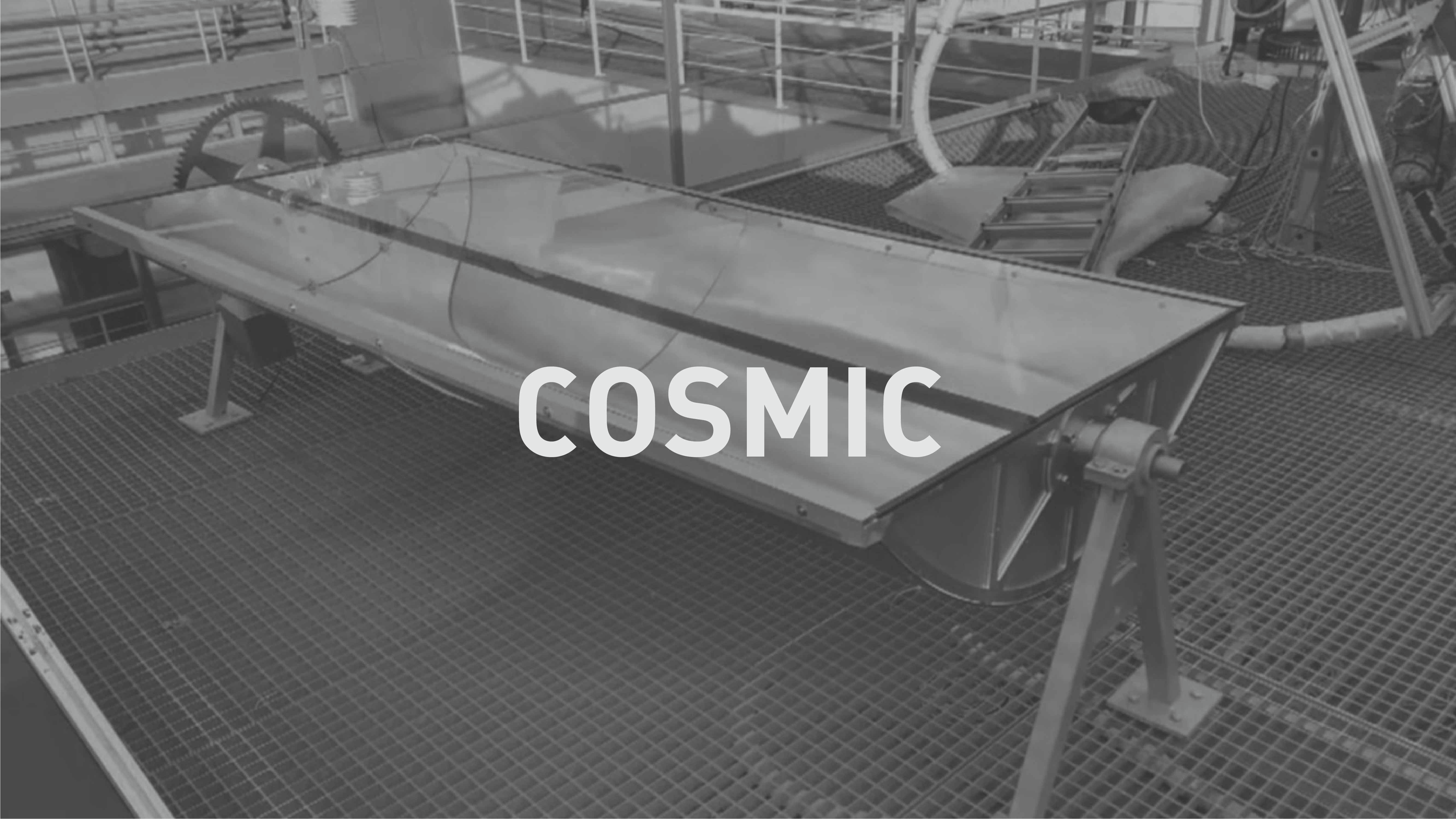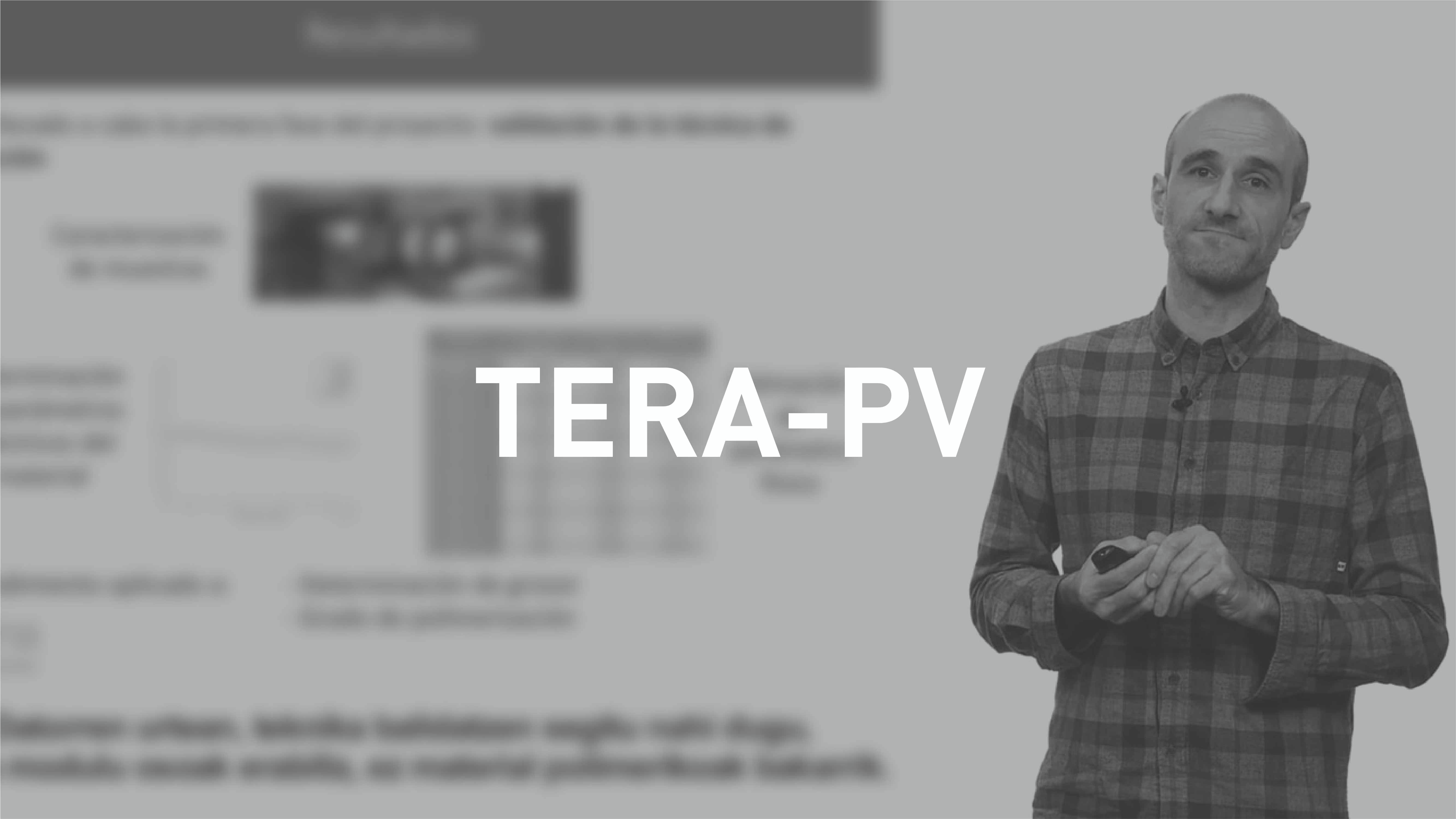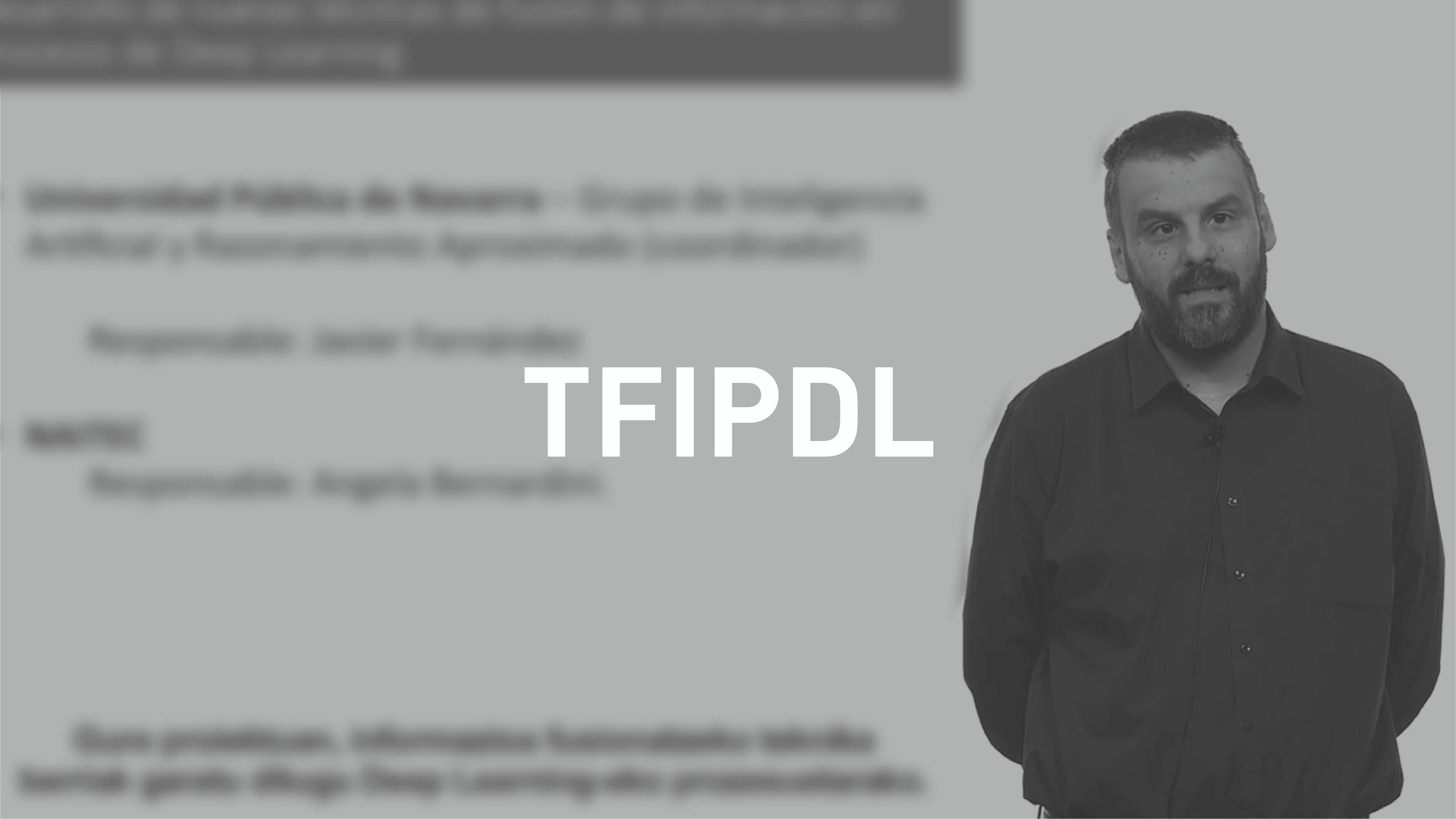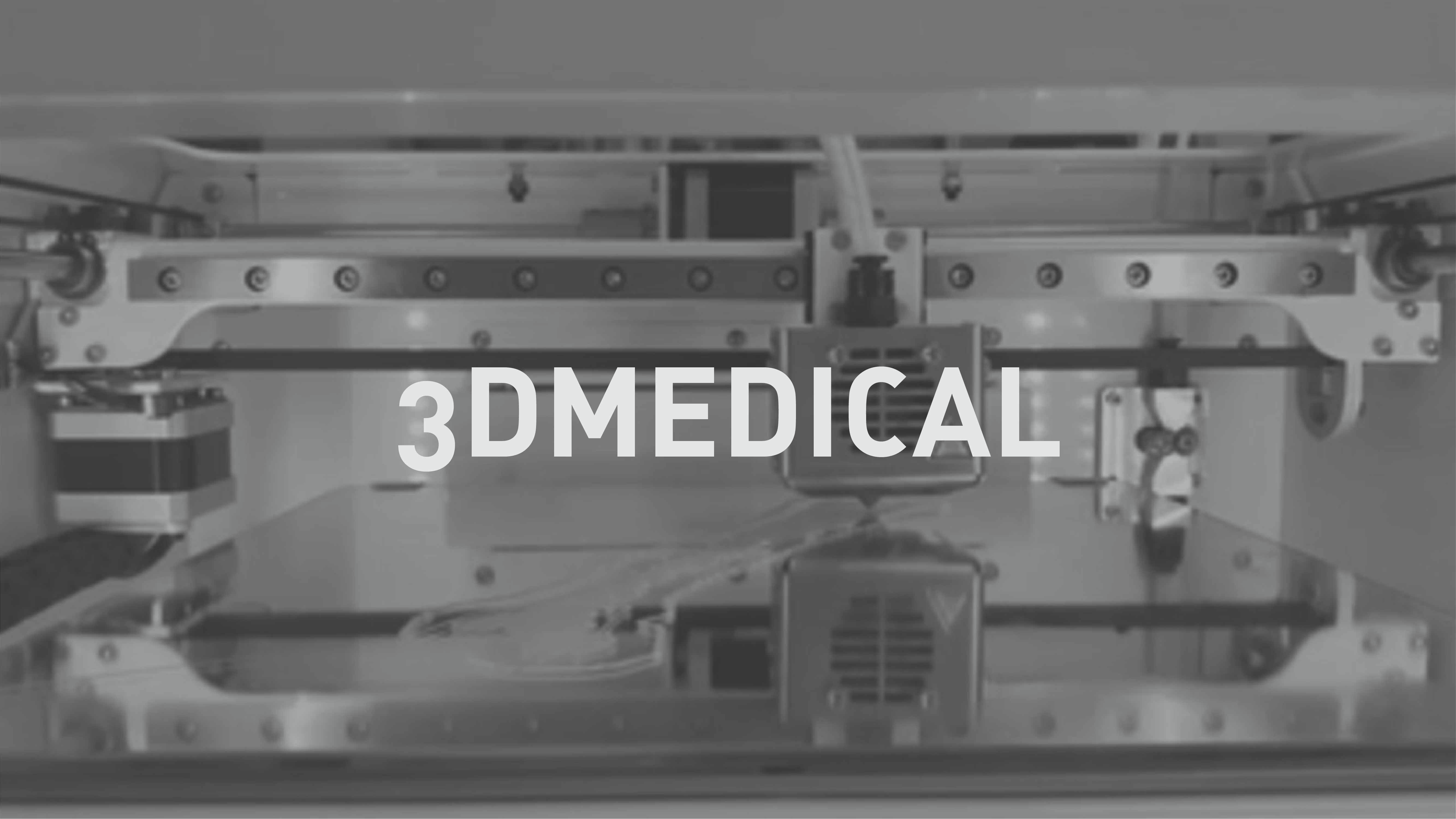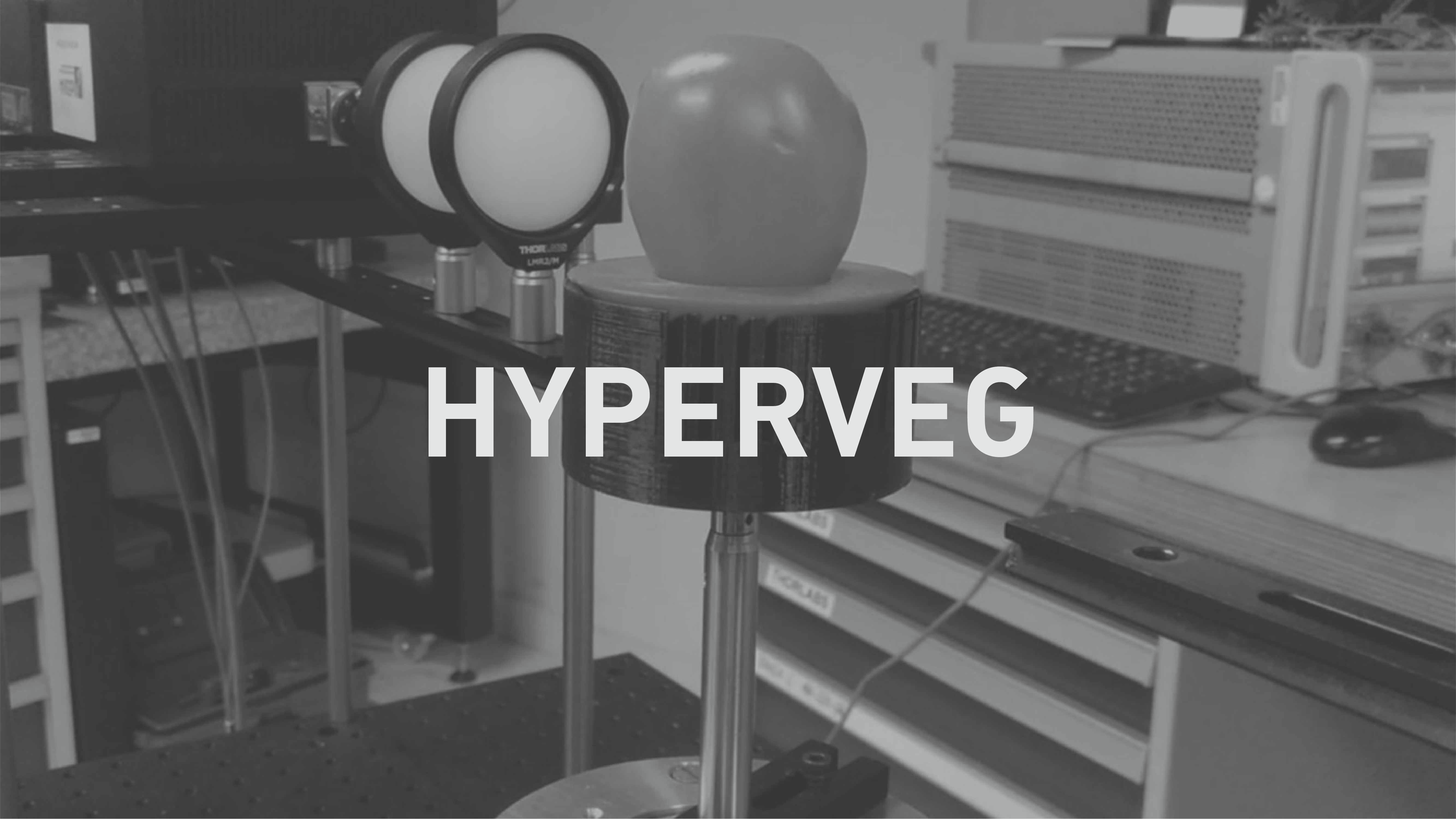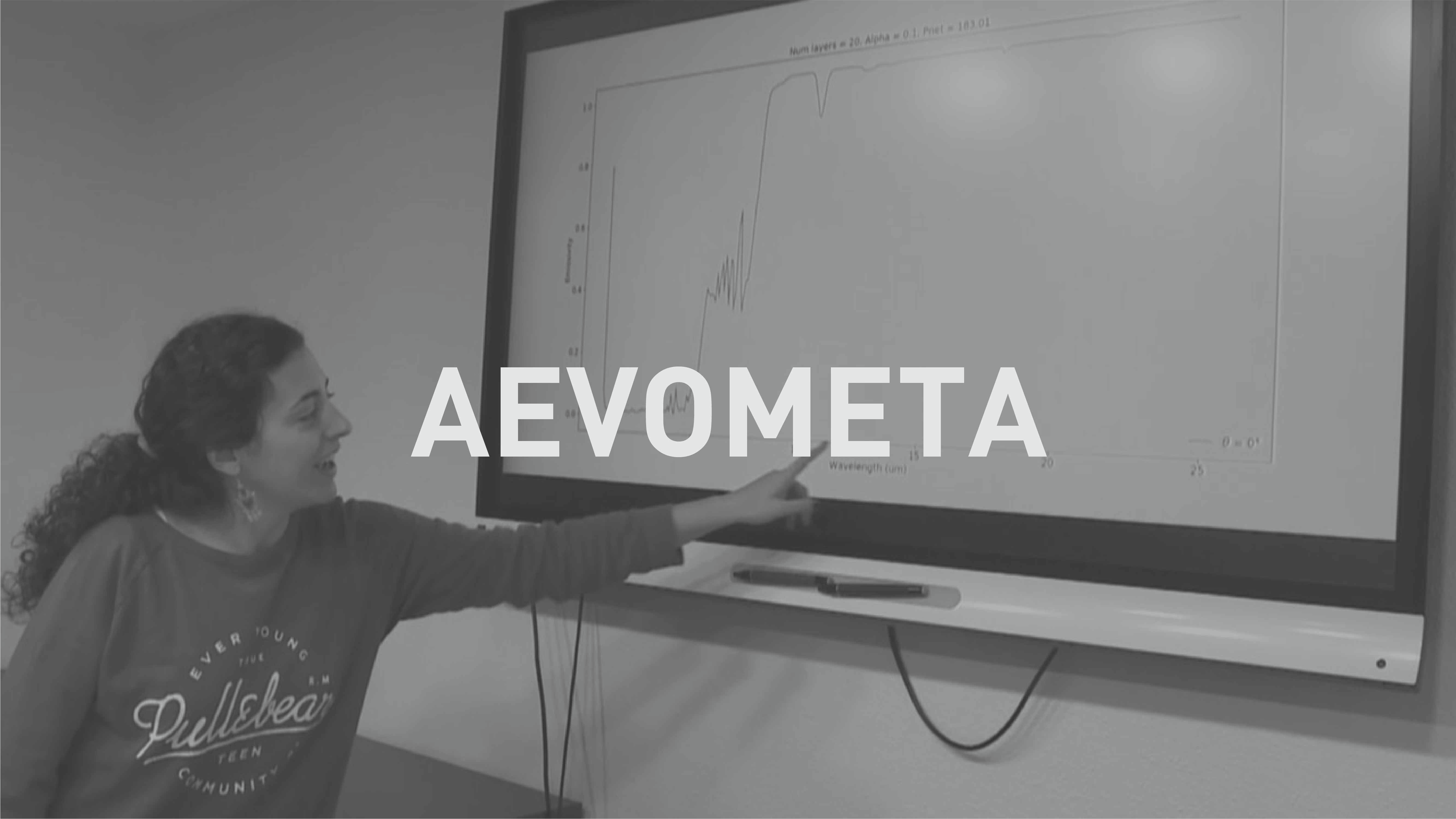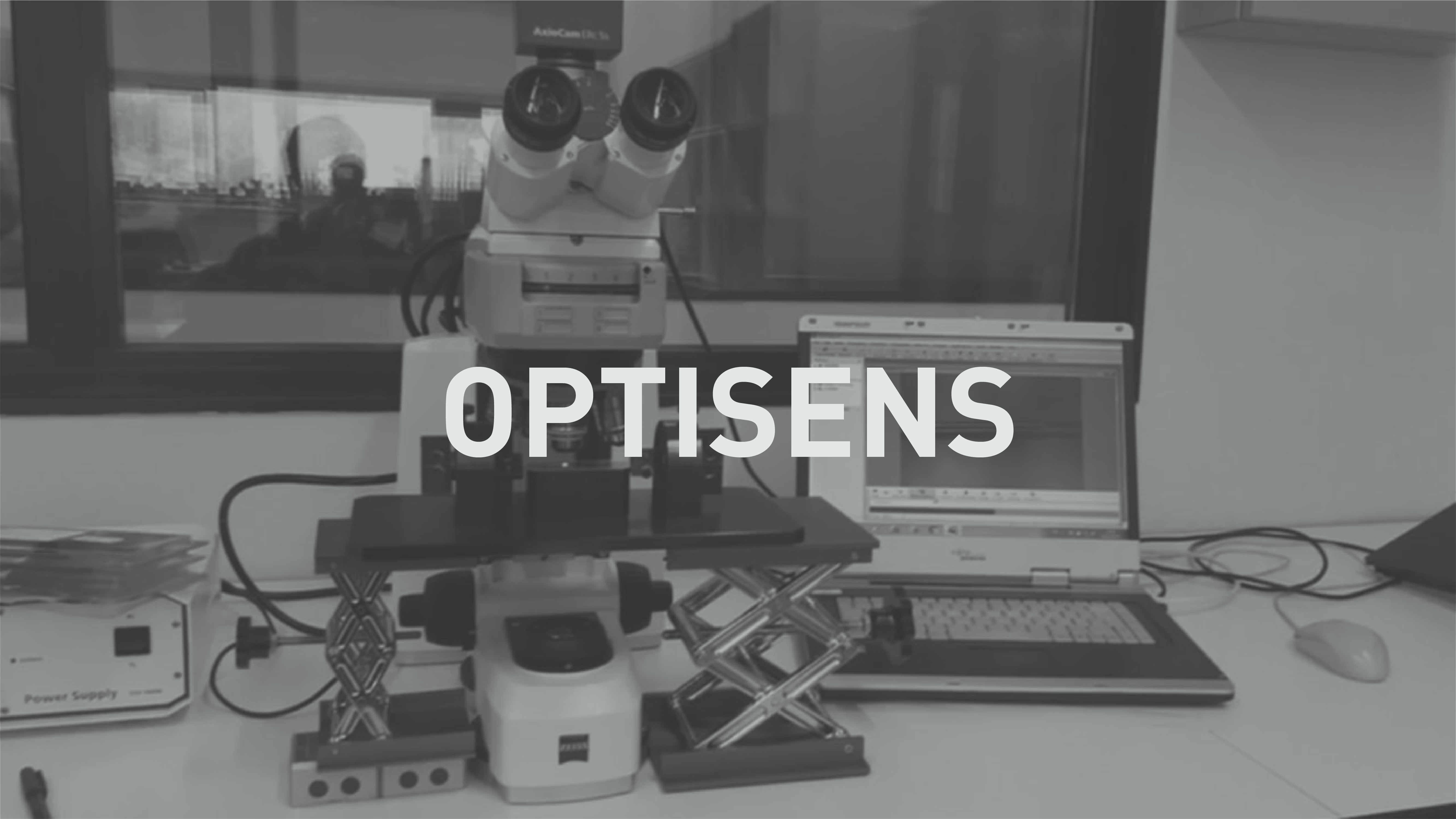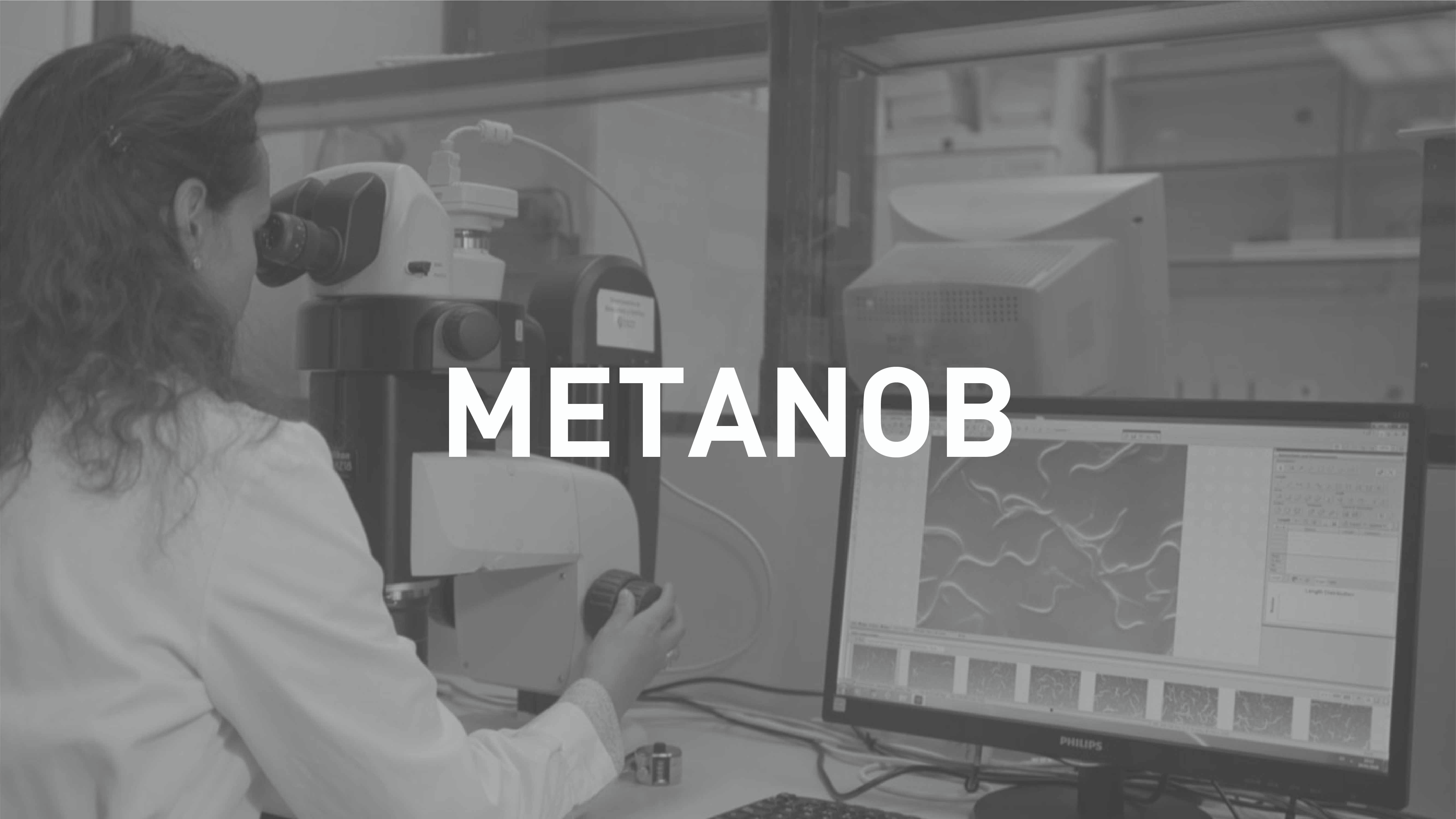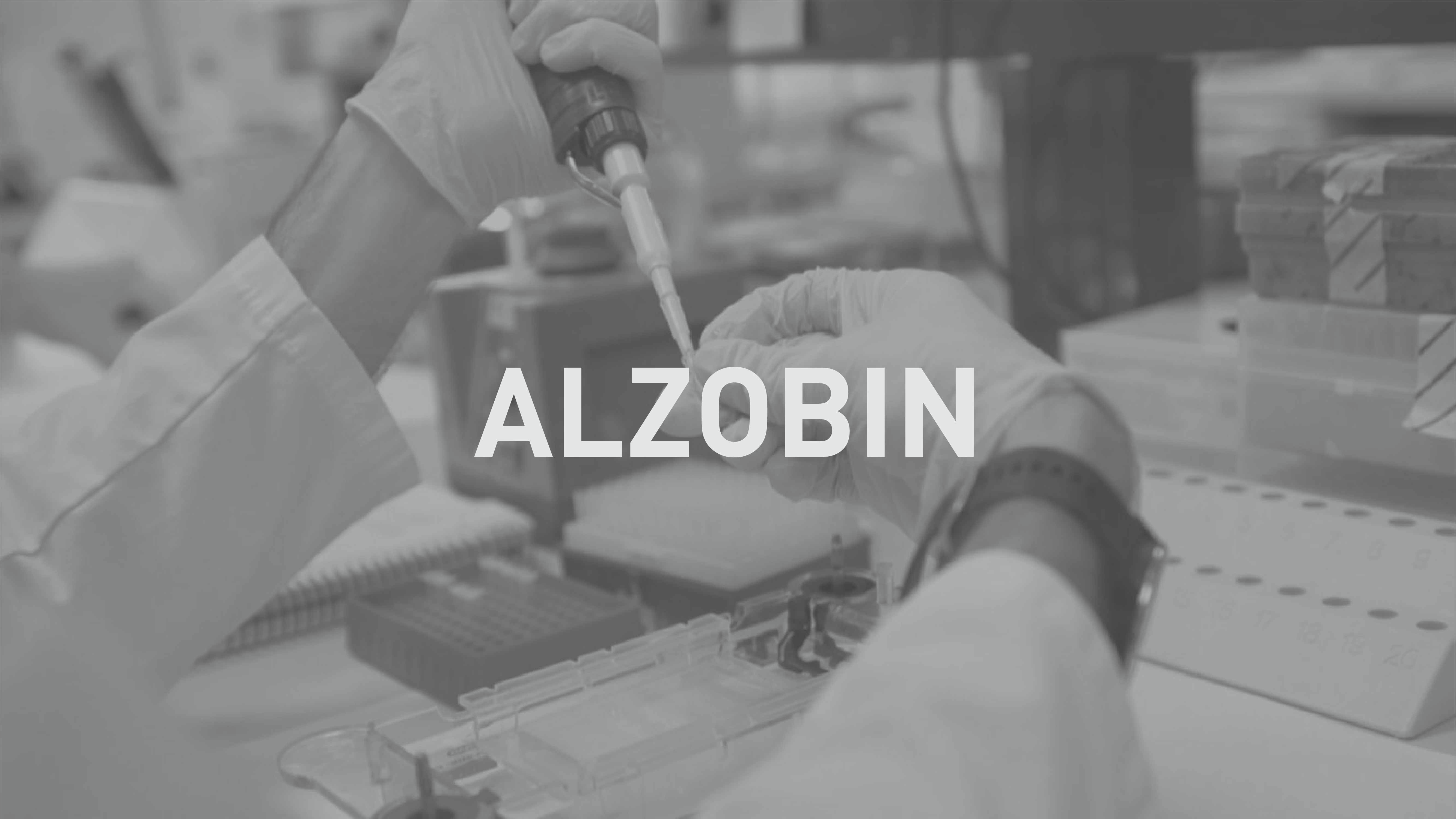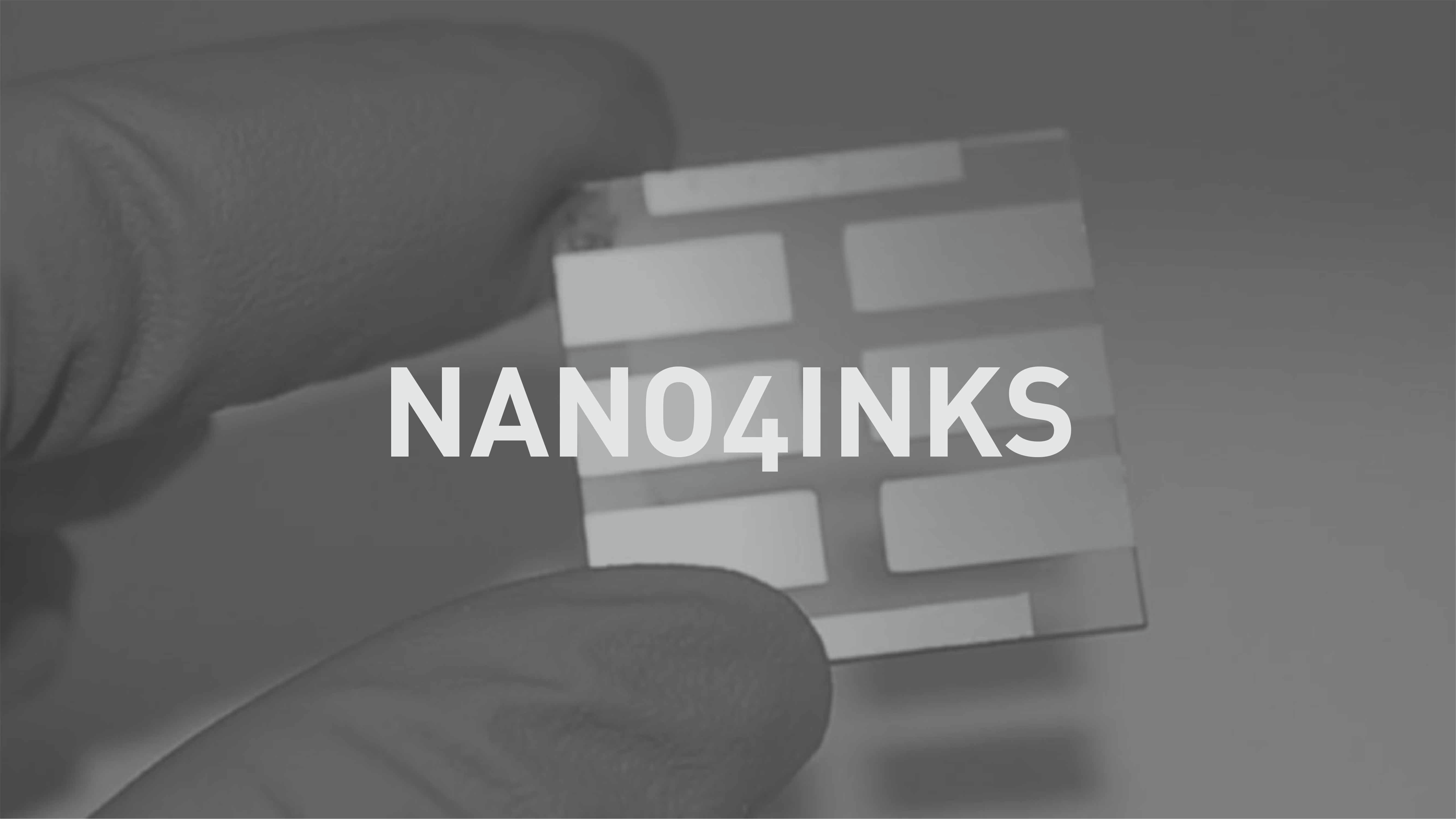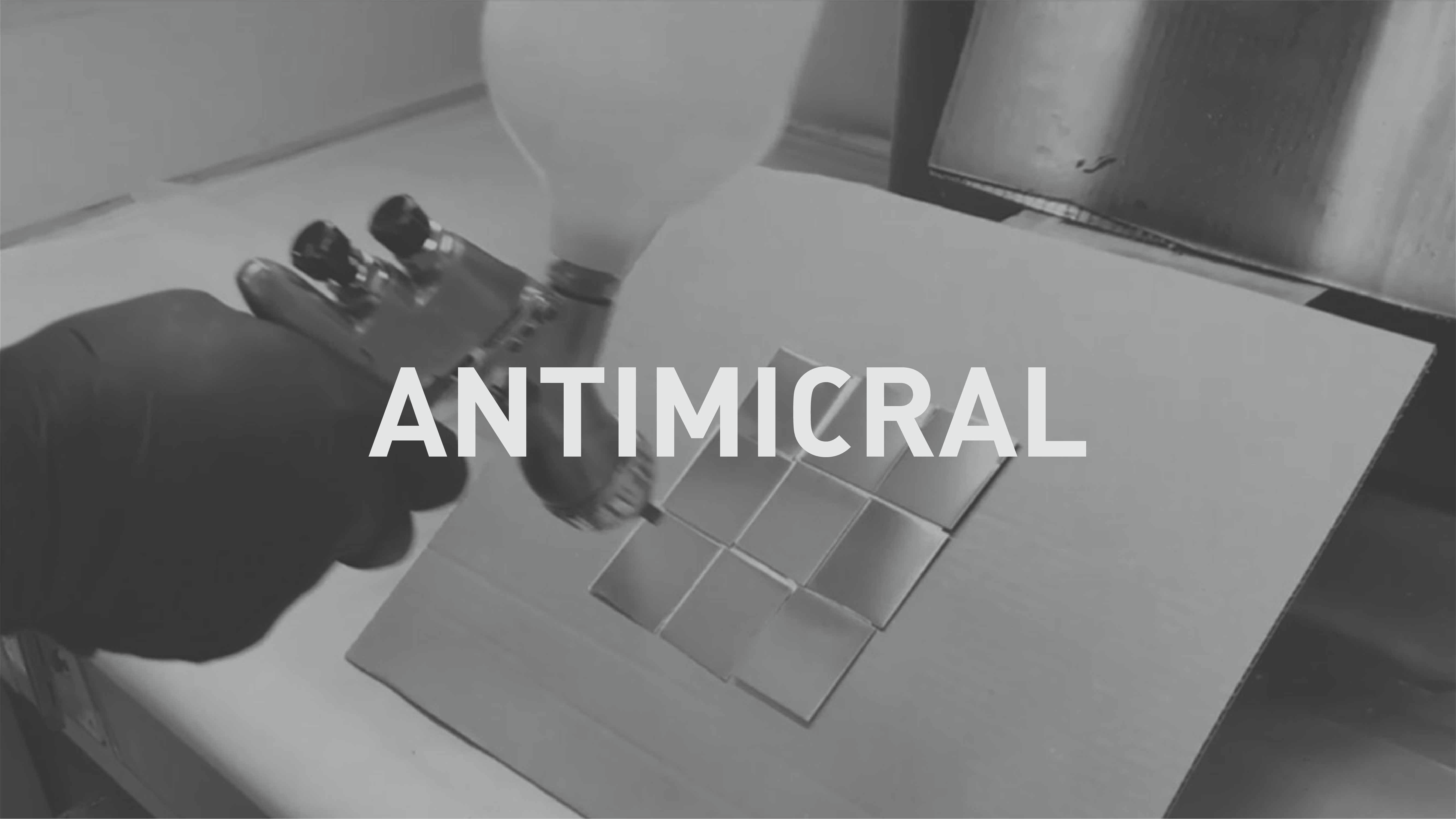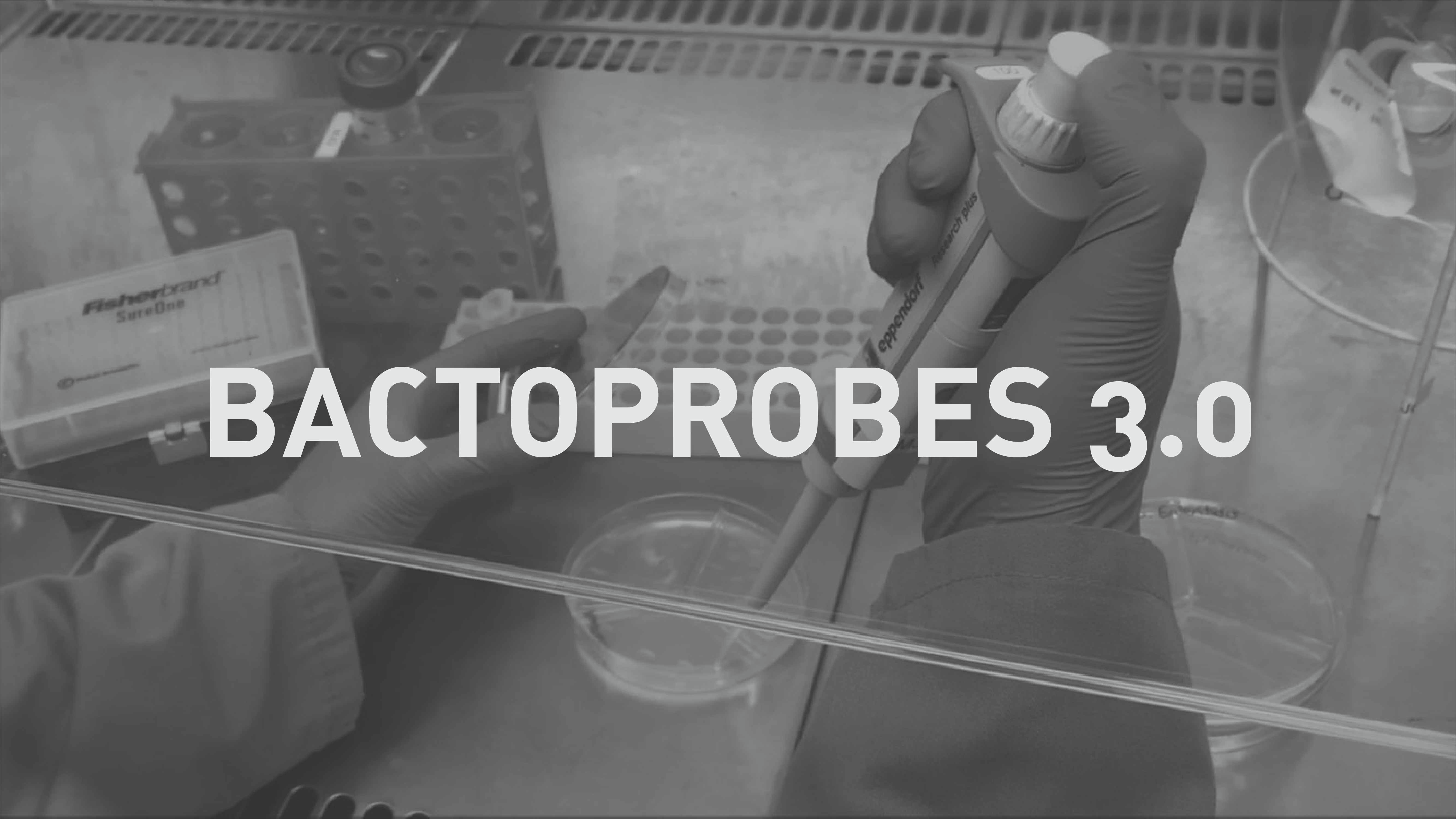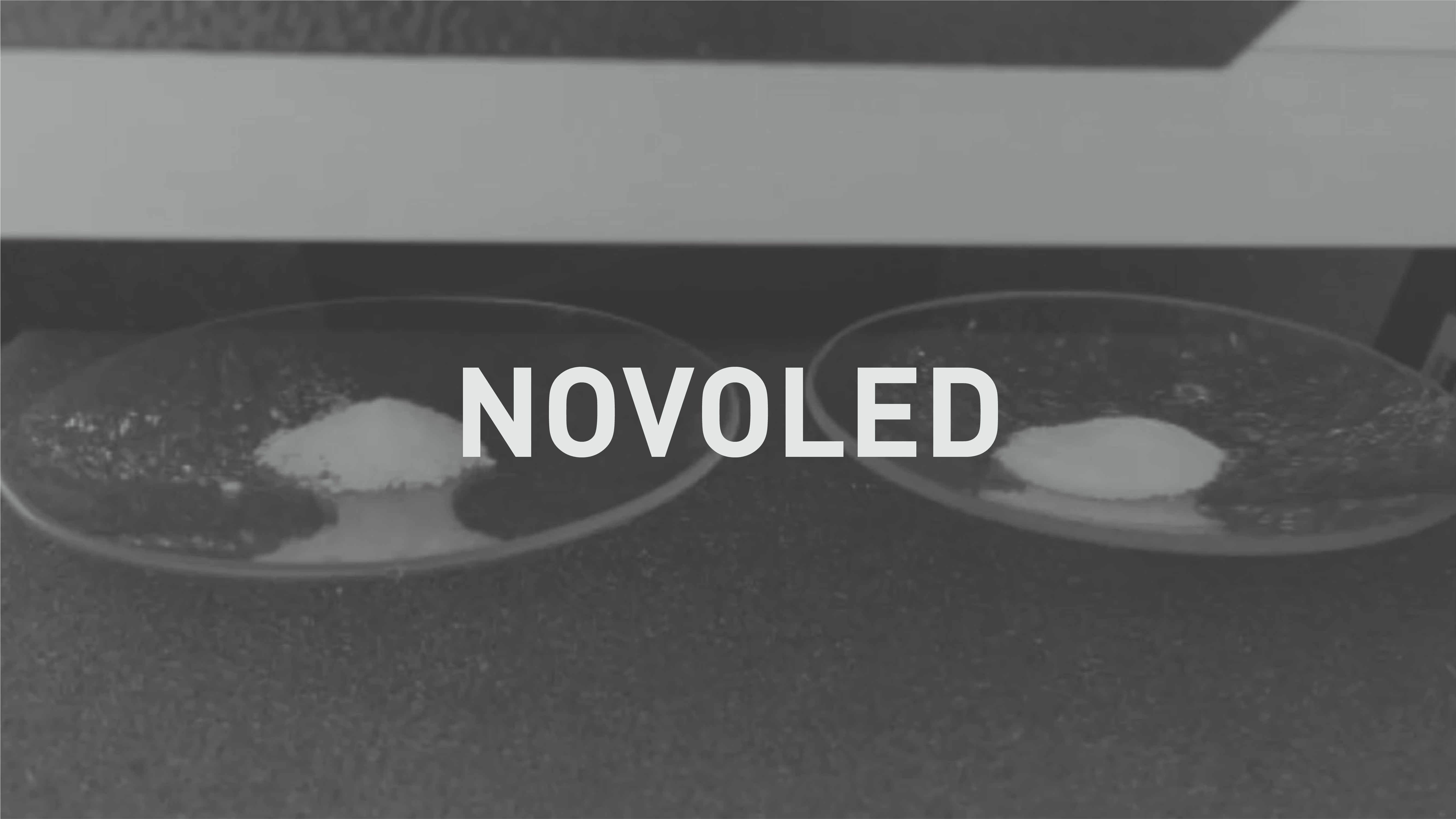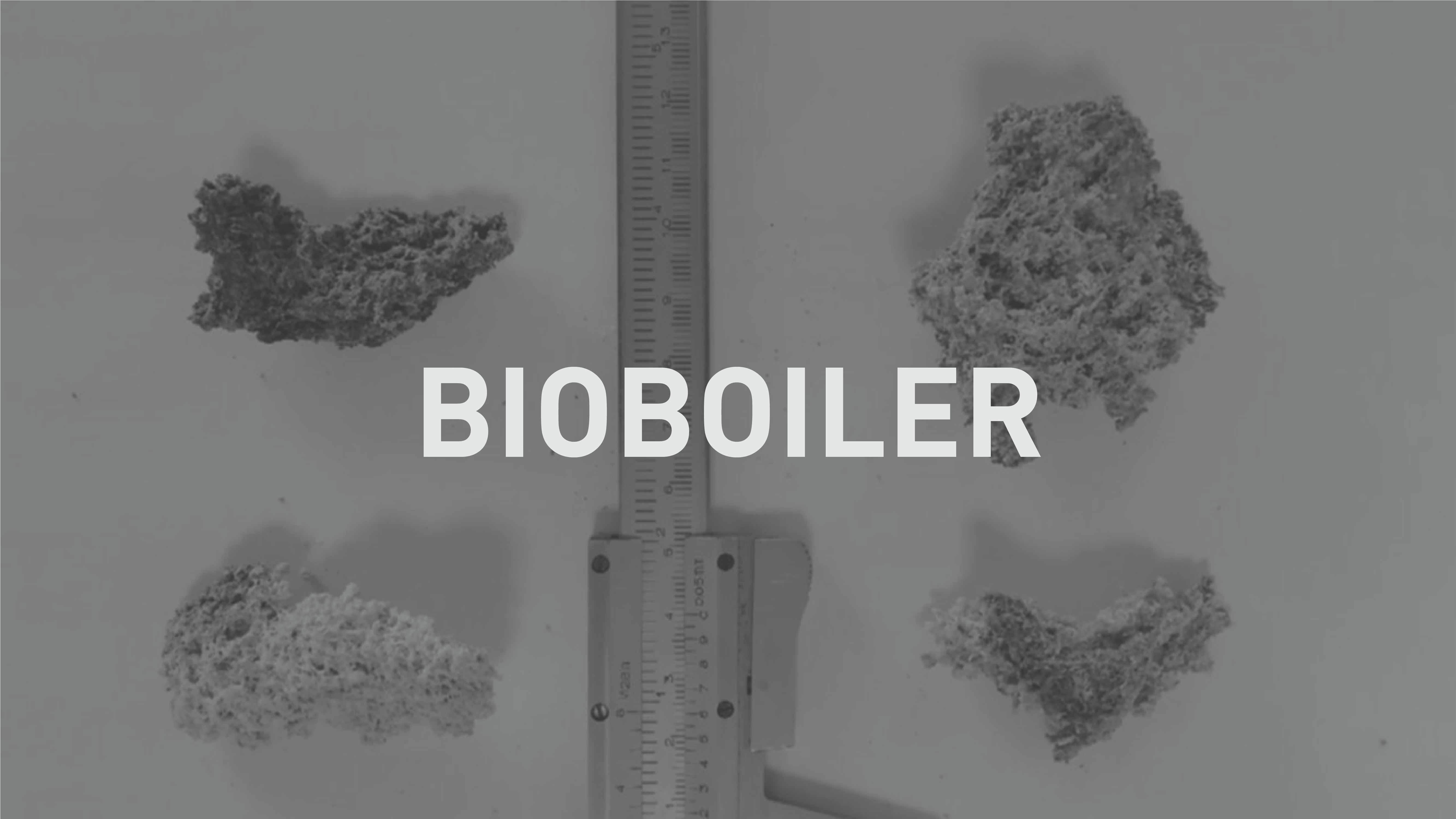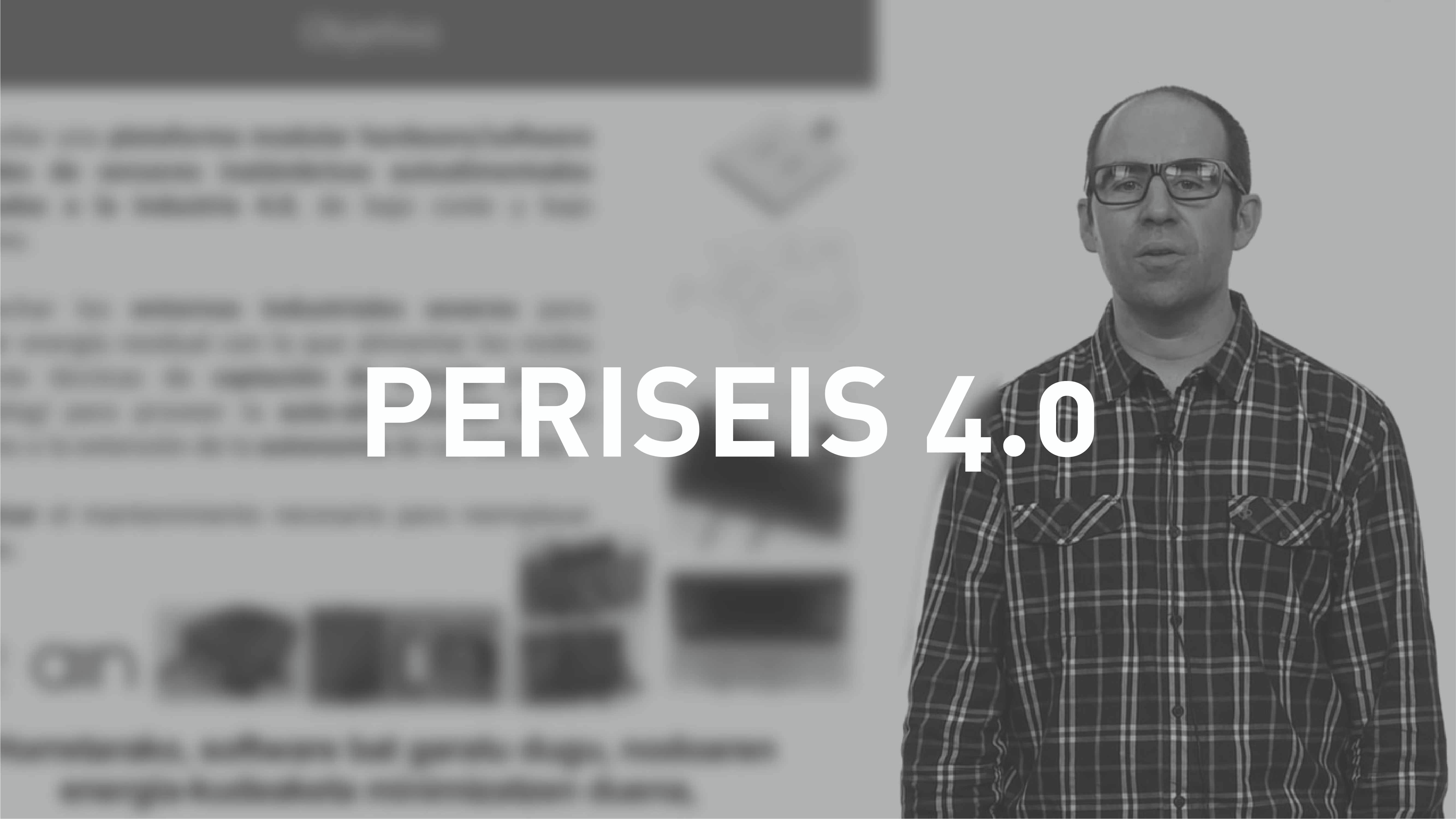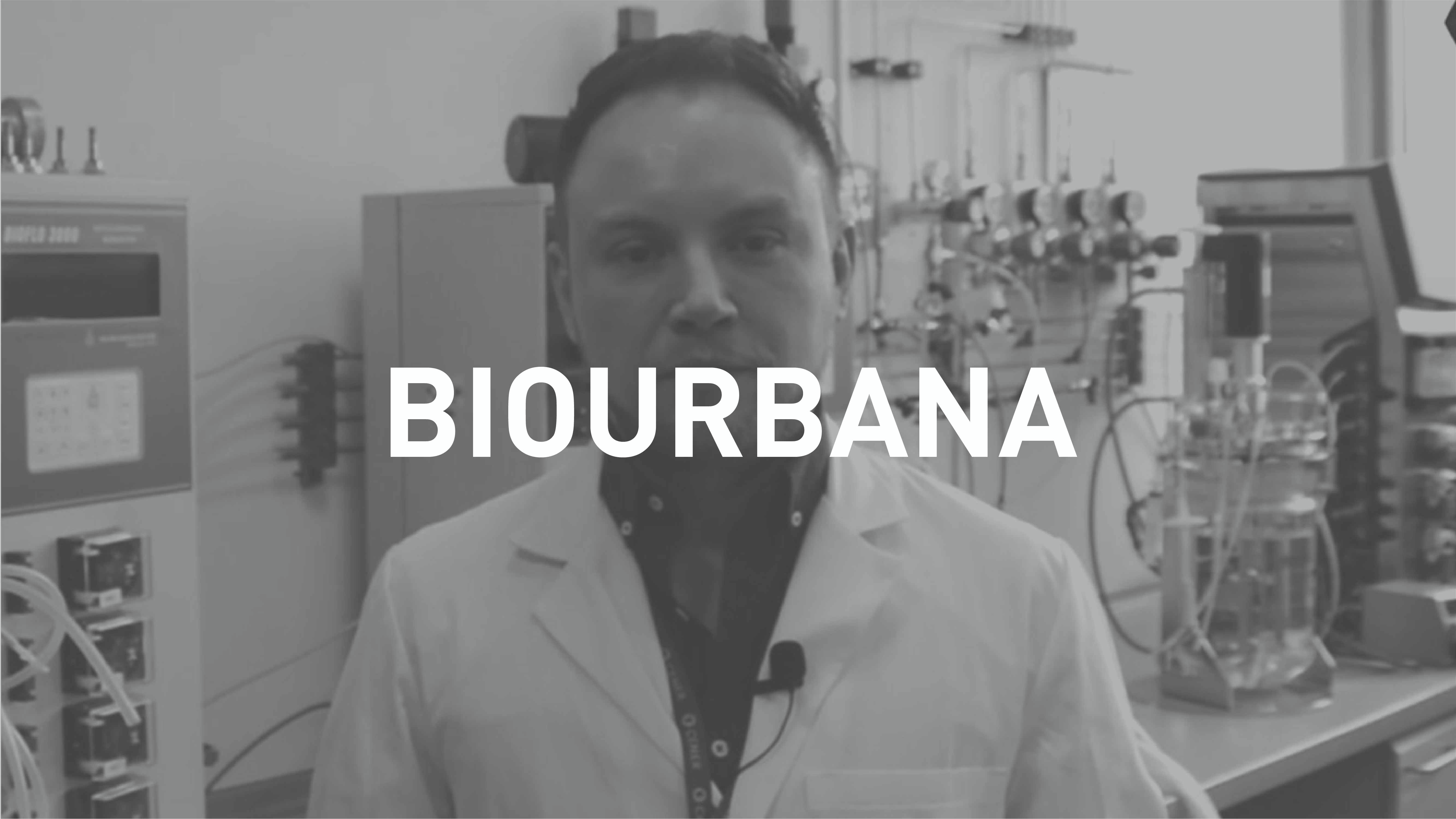In our case ─ and with the goal of monitoring specific aspect of this epilepsy ─ we proposed to integrate central temperature recording (Ta), oximetry (SaO2), electrocardiography (ECG), accelerometry (Acc), electroencephalography (EEG) and galvanic skin response (GSR), that would be placed in the periauricular area (i.e. auditory channel and auricle, similar to a hearing aid) into a single device.
In the first year, teams from the Systems Neuroscience Laboratory of CIMA and the ISC-UPNA collaborated with staff from Ceit-IK4 and Embeblue to evaluate the viability of recording data in the selected area, identify the location/optimisation of the sensor points and determine the degree of robustness/miniaturisation required.
High quality signals have been obtained in the selected area, it has been possible to gather clinical records with similar characteristics, and tools have been created that will make it possible to obtain a clinical data base to make comparisons. A protocol has been developed for obtaining personalised implants using MRI images. And the parameters and specifications that must be met in the device design in terms of anatomy, form factor and technical specifications have been defined.
A set of sensors, processing and wireless communication technologies has been identified that is suitable for the project goal and meets the size, consumption and communications compatibility restrictions. The design and fabrication of the first integrated circuits has begun, leading to an initial non-functional prototype with which the first operational tests have been done using a minimally viable prototype showing the ability to capture signal and transmit them wirelessly with a mobile terminal.
The execution of the activities carried out has met the proposed schedule and, along general lines, in technical terms the results have been achieved. In terms of results, we have advanced significantly in the development of the platform and been able to coordinate the four working groups (CIMA, ISC-UPNA, Ceit-IK4 and Embeblue) in an efficient and fluid way, which has made it possible to achieve the established goals and obtain results that merit continuation of the project.
In terms of dissemination, the results of the project have been presented in two invited oral presentations, one at the 5th Aquitaine/Euskadi/Navarre New Bio-Health Industry Meeting (Pamplona, 16-17 October) and another at the Spanish Epilepsy Society conference (Málaga, 24-26 October), and in a later presentation at the annual conference of the Spanish Biomedical Engineering Society (Santander, 27-19 November).
Lastly, it should be noted that after being implemented the proposed system could be adapted to monitor patients with other pathologies (sleep alterations, autonomic nervous system, cardiopathology or other neurological pathologies) and that, in our case, it opens up the possibility to develop future projects aimed at implementing smart simulation systems that stop or alleviate seizures and other symptoms of the disease.
Because of that, we believe the project is viable and is the seed of a unique initiative for positioning on the market for ambulatory monitoring systems with clinical capacity that can have results related with 1) improving patients’ quality of life 2) lowering labour costs of care givers and 3) being an opportunity for using the technologies for science and industry in Navarre.


